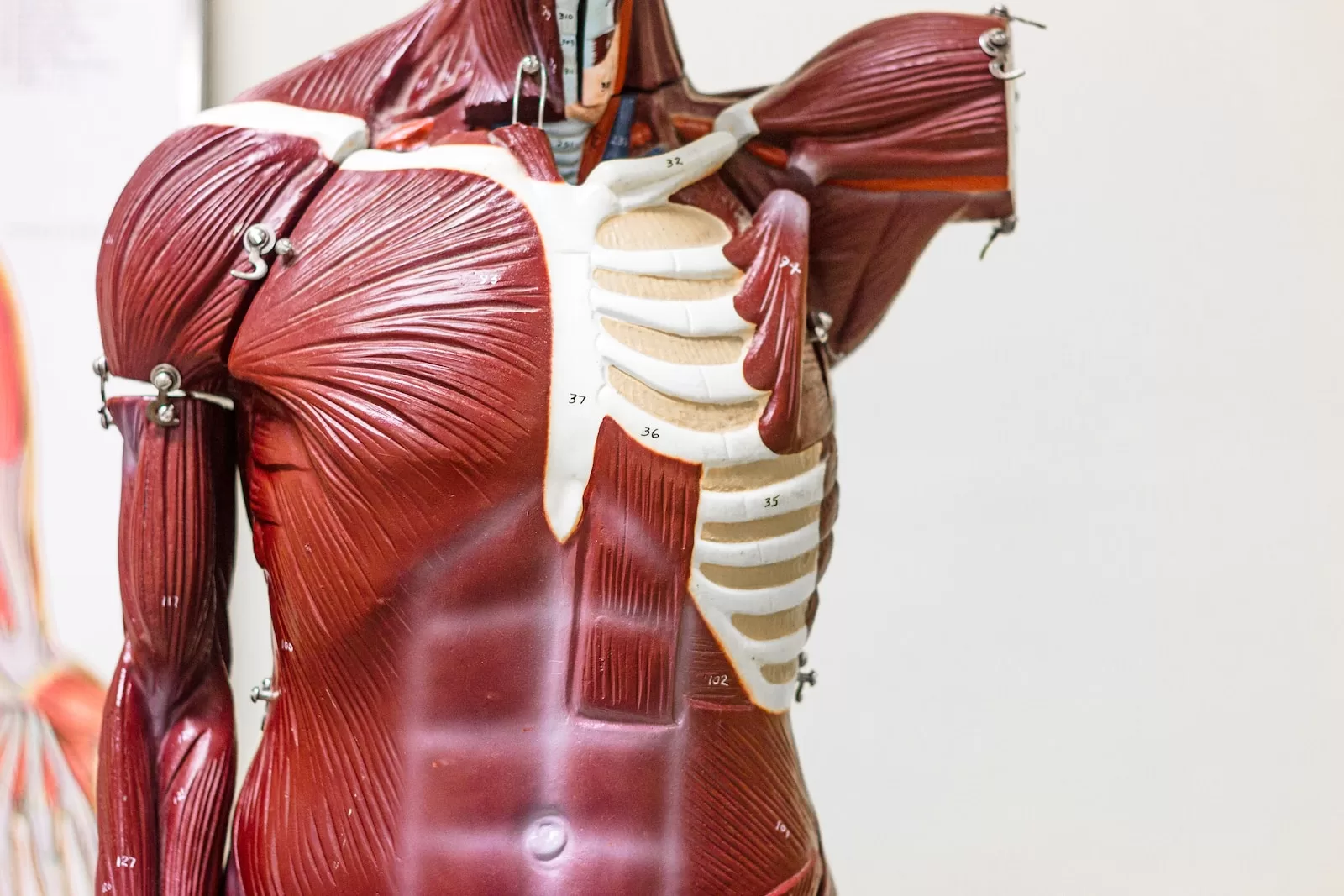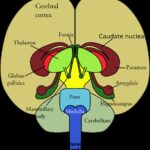The muscular and glandular systems, though distinct in their functions, are indispensable components of the human body, working in harmony to regulate movement, maintain posture, and facilitate various physiological processes. In this blog, we will delve into the types and functions of these two intricate systems that play crucial roles in ensuring the body’s efficiency and overall well-being.
I. Muscular System:
The muscular system is a dynamic network of muscles that work together to provide movement, stability, and support for the body.
- Skeletal Muscles:
- Attach to bones and facilitate voluntary movements.
- Contract and relax in response to nerve signals, enabling activities such as walking, running, and lifting.
- Essential for maintaining posture and supporting the skeletal structure.
- Smooth Muscles:
- Found in the walls of internal organs, such as the digestive tract, blood vessels, and respiratory passages.
- Involuntary in nature, regulating processes like digestion, blood flow, and breathing.
- Exhibits rhythmic contractions for sustained functions.
- Cardiac Muscle:
- Exclusive to the heart.
- Involuntary and possesses a unique ability to contract rhythmically without fatigue.
- Pumps blood throughout the body, ensuring the circulation of oxygen and nutrients.
Functions of the Muscular System:
- Movement: Skeletal muscles work in pairs to produce coordinated movements, allowing for a wide range of activities.
- Posture: Muscles stabilize the body, maintaining an upright posture against the pull of gravity.
- Heat Generation: Muscle contractions generate heat, contributing to body temperature regulation.
- Protection of Organs: Muscles provide a protective layer for internal organs, absorbing shocks and preventing injuries.
II. Glandular System:
The glandular system comprises various glands that secrete hormones and other substances to regulate bodily functions and maintain homeostasis.
- Endocrine Glands:
- Secrete hormones directly into the bloodstream.
- Key glands include the pituitary, thyroid, adrenal, and pancreas.
- Hormones regulate metabolism, growth, stress responses, and reproductive functions.
- Exocrine Glands:
- Release substances through ducts to external or internal surfaces.
- Examples include sweat glands, salivary glands, and digestive glands.
- Aid in digestion, temperature regulation, and protection of surfaces.
Functions of the Glandular System:
- Hormone Regulation: The endocrine system plays a crucial role in maintaining a balance of hormones, influencing various physiological processes.
- Metabolism Control: Thyroid hormones regulate metabolism, influencing energy production and utilization.
- Reproductive Functions: Gonadal hormones (testosterone and estrogen) play pivotal roles in reproductive processes and secondary sexual characteristics.
- Stress Response: Adrenal glands release cortisol and adrenaline in response to stress, preparing the body for a “fight or flight” response.
Conclusion:
The muscular and glandular systems, though different in their structures and functions, synergistically contribute to the body’s overall functionality. While muscles provide the necessary force for movement and support, glands regulate intricate processes through the secretion of hormones. This intricate interplay underscores the complexity and efficiency of the human body, showcasing the wonders of design that allow us to navigate the challenges of daily life with remarkable ease. Understanding these systems enhances our appreciation for the incredible mechanisms that sustain us and prompts ongoing exploration into the nuances of human physiology.







